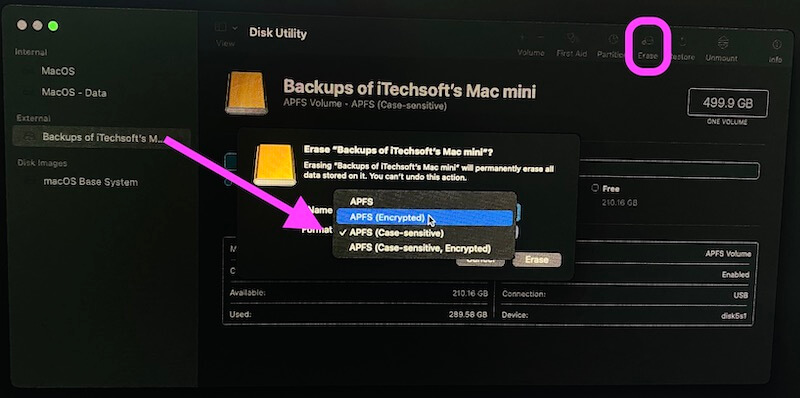
If you want your Mac to start up again from the volume you've just erased, select Reinstall macOS in the utilities window, then click Continue and follow the onscreen instructions.When you've finished, close Disk Utility to return to the utilities window.Optional: if you used Disk Utility previously to add internal volumes other than Macintosh HD, you can erase them individually using the same process.If you can't see this button, click Erase instead. Format: APFS or Mac OS Extended (Journaled), as recommended by Disk Utility.

Click the Erase button in the toolbar, then enter the requested details: Here youll find a tool that sorts your files into broad categories and offers recommendations on how to free up space on your hard drive.You can release the keys after about 20 seconds. As soon as you hit the power button, hold down Option + Command + P + R on the keyboard. Select Macintosh HD in the sidebar of Disk Utility. Just shut down your Mac, and then turn it back on.If this button isn't shown, click Erase instead. From the utilities window, select Disk Utility and click Continue. Click the Erase button in the toolbar, then enter the requested details: Name: Macintosh HD Format: APFS or Mac OS Extended (Journaled), as recommended by Disk Utility Click Erase Volume Group.If asked, select a user you know the password for and enter their administrator password.



 0 kommentar(er)
0 kommentar(er)
